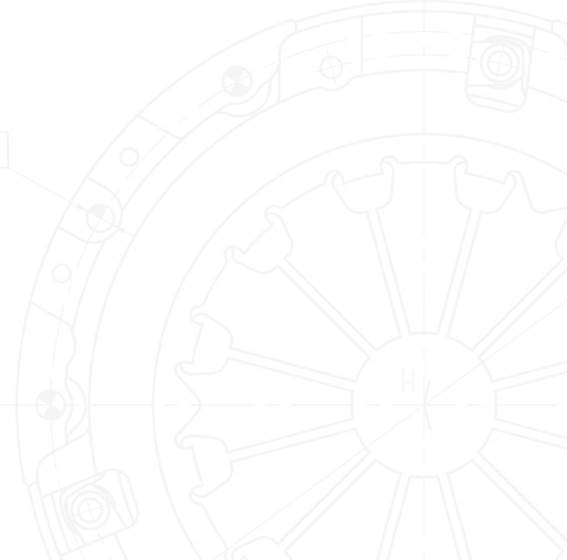
- Mobile Phone
- +8613931874955
- sales@cntcmetal.com
Brick Veneer Anchor Solutions for Durable Construction
Understanding Brick Veneer Anchors Essential Elements for Structural Integrity
Brick veneer has long been a popular choice in construction due to its aesthetic appeal and durability. However, the effectiveness of a brick veneer system largely depends on the proper installation and anchoring of the bricks. This is where brick veneer anchors come into play; they are crucial for ensuring the stability and longevity of the structure.
Brick veneer anchors are metallic components that secure the brick veneer to the underlying structural frame, typically made of wood or metal. These anchors serve multiple purposes, including providing support, allowing for thermal expansion and contraction, and resisting lateral forces such as wind pressure. Without adequate anchoring, the veneer could separate from the frame, leading to significant structural problems and safety hazards.
There are various types of brick veneer anchors, each designed for specific applications and conditions. The most common types include wall ties, expansion anchors, and helix anchors. Wall ties, for instance, are often used to connect the brick veneer to the sheathing or frame. They typically consist of galvanized steel and come in various shapes to accommodate different wall thicknesses and designs.
brick veneer anchor

Expansion anchors, on the other hand, are ideal for masonry applications where a strong bond is necessary. These anchors expand when tightened, providing a secure attachment to the brick. Helix anchors are used for heavier brick veneers or in areas prone to high winds, where extra strength is required. They are designed to withstand significant lateral loads, ensuring that the brick veneer remains securely affixed to the building.
The installation of brick veneer anchors must be done with precision. Proper spacing and alignment are critical; an incorrect arrangement can compromise the entire veneer system. It’s also essential to adhere to local building codes and structural engineering guidelines, which often dictate anchor type, size, and installation technique.
Another vital aspect of brick veneer anchors is their resistance to corrosion. Given that brick veneer is often exposed to the elements, selecting anchors made from corrosion-resistant materials is imperative. Galvanized steel, stainless steel, or even plastic anchors can help prevent degradation over time, thus enhancing the lifespan of the veneer.
In conclusion, brick veneer anchors play an essential role in the safety and longevity of brick veneer constructions. They not only provide the necessary support for the brick facade but also contribute to the overall structural integrity of a building. Appropriate selection, installation, and maintenance of these anchors are fundamental in ensuring a durable and aesthetically pleasing brick veneer system. As the construction industry evolves, understanding the latest advancements in anchoring technology will be vital for builders, architects, and engineers alike.
share:
-
Your Source for Concrete Wall Ties and Masonry AccessoriesNewsJul.10,2025
-
Unlocking the Power of Iron Wire for Every ProjectNewsJul.10,2025
-
Explore Advanced Chain Wire and Stainless Steel Mesh FencingNewsJul.10,2025
-
Discover the Benefits of Annealed Wire ProductsNewsJul.10,2025
-
Discover China Stainless Steel Wire Mesh SolutionsNewsJul.10,2025
-
Build with Confidence Using High-Performance Masonry AccessoriesNewsJul.10,2025
-
Why Sacrificial Formwork Is Redefining Underground ConstructionNewsJun.06,2025



















